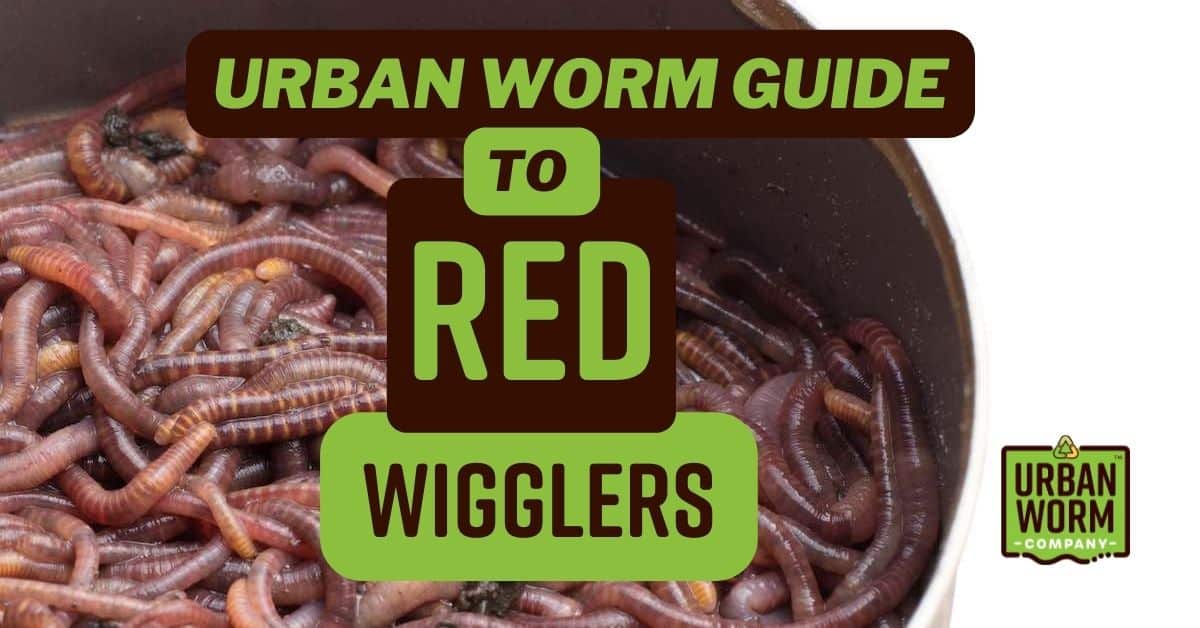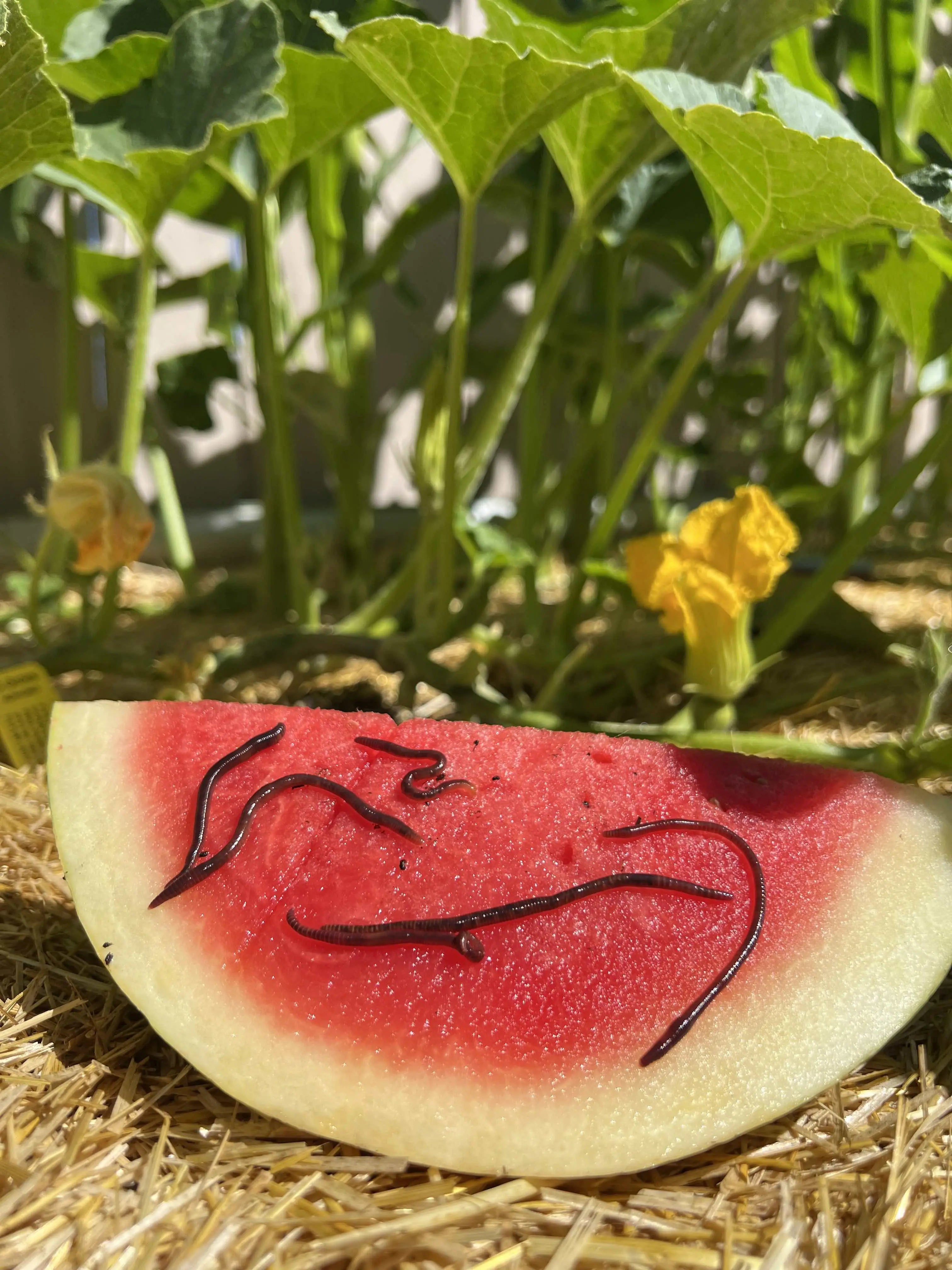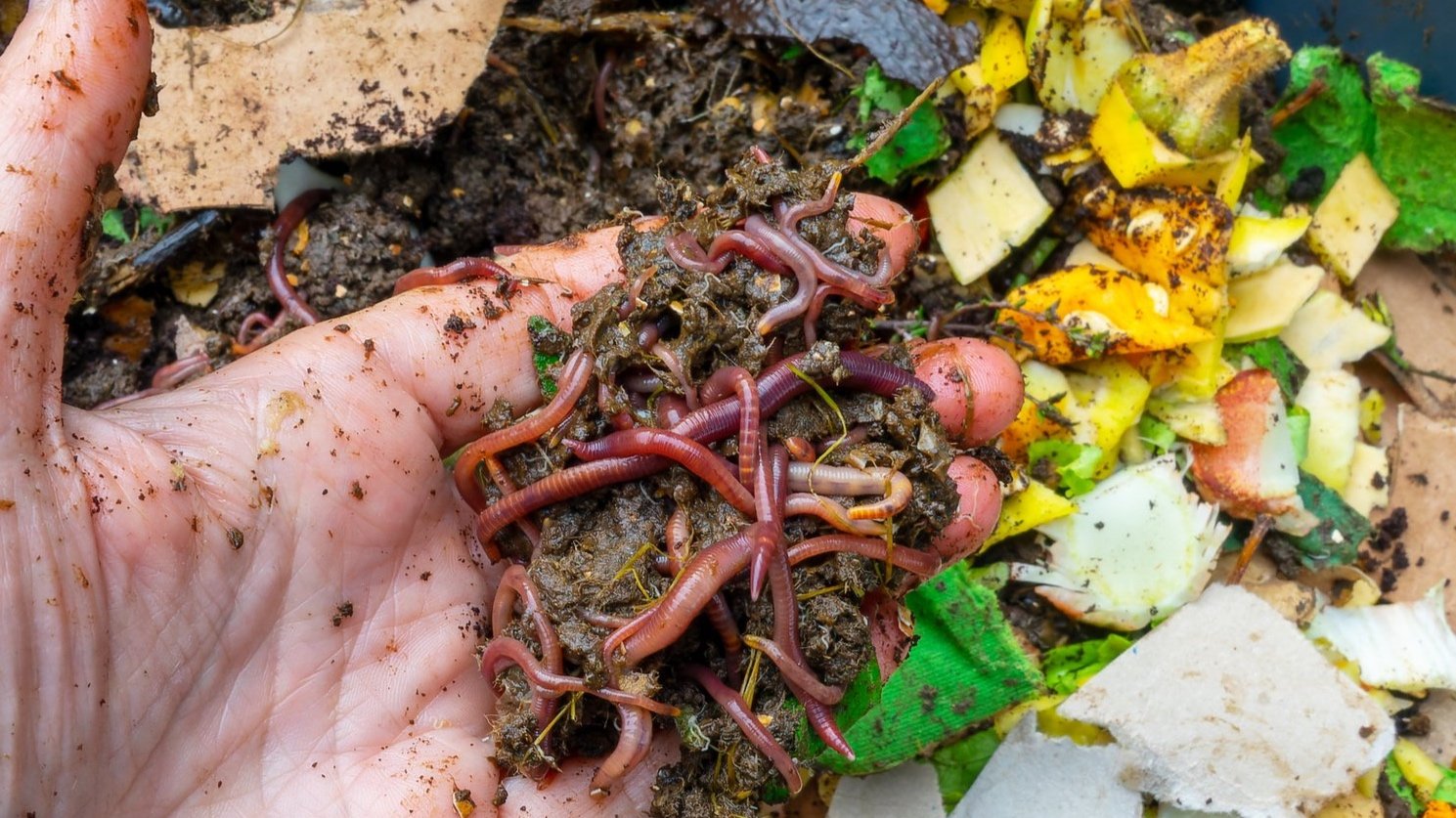The Ultimate Red Wiggler Composting Checklist for Successful Vermiculture
The Ultimate Red Wiggler Composting Checklist for Successful Vermiculture
Blog Article
Exploring the Systems of Red Wiggler Composting: A Comprehensive Guide to the Process and Its Favorable Influence On Sustainable Gardening Practices
The complex systems of red wiggler composting, utilizing the distinct physiology of Eisenia fetida, provide an engaging opportunity for improving sustainable gardening methods. This process not only transforms organic waste right into nutrient-dense vermicompost yet additionally cultivates a much healthier soil environment via boosted oygenation and microbial activity. As metropolitan horticulture gains grip, recognizing the subtleties of this composting technique ends up being significantly pertinent. Nonetheless, the trip into its myriad benefits and finest methods is just beginning, motivating a more detailed assessment of exactly how this method can reshape our gardening strategies.
Recognizing Red Wigglers
Red wigglers, clinically referred to as Eisenia fetida, are a species of earthworm very related to for their efficiency in composting natural waste. These worms flourish in nutrient-rich atmospheres, specifically in rotting raw material, making them suitable for vermicomposting systems - Red Wiggler Composting. Identified by their reddish-brown coloration and fractional bodies, red wigglers are smaller than typical earthworms, generally measuring in between three to four inches in size
Their distinct physical qualities enhance their composting abilities; as an example, they possess a high reproductive price, enabling populaces to multiply quickly under ideal conditions. Red wigglers eat organic product, simplifying through their digestive system systems, which leads to nutrient-rich spreadings that serve as an exceptional natural fertilizer. Their starved hunger allows them to refine huge volumes of food waste effectively, significantly minimizing garbage dump payments.
In enhancement to their composting prowess, red wigglers play a crucial duty in dirt wellness. Red Wiggler Composting. They aerate the soil and help with the decay of organic matter, further improving the dirt ecosystem. Understanding the features and ecological benefits of red wigglers is necessary for any person wanting to carry out lasting horticulture techniques through efficient composting techniques
The Composting Refine
The composting process includes breaking down natural products right into nutrient-rich garden compost, a job that red wigglers stand out at due to their specialized digestion systems. These worms take in food scraps, lawn waste, and various other organic issue, changing them right into valuable garden compost via a series of biological and chemical procedures.
Originally, the natural issue is blended with bedding materials such as shredded paper or dried out fallen leaves, developing an optimal environment for the worms. As the red wigglers consume this combination, they damage it down through their digestive tract, where bacteria even more break down the material. This procedure generates warmth, advertising microbial activity, which accelerates disintegration.

Benefits of Red Wiggler Composting
Several garden enthusiasts and eco-conscious individuals acknowledge the countless advantages of red wiggler composting, making it a popular selection for effective waste monitoring. One of the main advantages is its capacity to considerably lower organic waste in garbage dumps - Red Wiggler Composting. Red wigglers efficiently damage down kitchen scraps and various other biodegradable materials, changing them into nutrient-rich vermicompost that improves dirt health
Additionally, red wiggler composting enhances soil framework and fertility. The resulting vermicompost is brimming with valuable microorganisms, which promote plant development and improve nutrient retention. This all-natural plant food not only supports sustainable horticulture practices however additionally lowers reliance on chemical fertilizers, promoting a much healthier community.
Furthermore, red wiggler composting is a space-efficient approach, making it ideal for urban gardeners with limited space. The process can be carried out inside or outdoors, enabling year-round composting regardless of climate conditions. Red wigglers are low-maintenance microorganisms that call for minimal care, making them available for newbie gardeners.
Essentially, the benefits of red wiggler composting prolong beyond waste reduction; they contribute to healthier soils, sustainable gardening practices, and environmental stewardship, positioning it as a valuable technique in modern horticulture.
Best Practices for Composting
For effective red wiggler composting, adhering to finest methods is necessary to make best use of performance and guarantee a productive environment for these worms. It is crucial to keep a proper carbon-to-nitrogen ratio, preferably around 30:1. This balance advertises ideal decomposition and boosts the worms' health and wellness. Incorporate a mix of environment-friendly products, such as vegetable scraps, and brownish materials like shredded paper or cardboard.
Following, monitor wetness degrees, aiming for a wet, sponge-like consistency. Excessively wet conditions can bring about anaerobic decomposition, while extreme dry skin may impede worm activity. In addition, ensure appropriate oygenation by transforming the garden compost routinely, which assists protect against compaction and permits appropriate oxygen circulation.
Temperature is one more look at more info essential element. Preserve a variety of 55 ° F to 77 ° F(13 ° C to 25 ° C) to promote worm task and microbial development. Ultimately, avoid introducing meat, dairy products, and oily foods, as these can attract insects and produce smells.
Enhancing Sustainable Gardening
Sustainable gardening symbolizes an all natural strategy that integrates eco-friendly concepts with functional horticulture strategies. By including approaches such as red wiggler composting, garden enthusiasts can significantly improve their methods, promoting a much more durable community. Red wigglers, renowned for their effective disintegration capabilities, transform organic waste right into nutrient-rich compost, consequently enriching the soil without counting on chemical fertilizers.
Applying sustainable gardening methods, such as plant rotation, friend growing, and mulching, additional matches the benefits of composting. These methods not just enhance soil framework and fertility yet likewise promote biodiversity, drawing in helpful bugs and organisms that add to grow health and wellness. Using native plants can lower water intake and minimize upkeep, aligning with water preservation efforts.

Final Thought
Finally, red wiggler composting stands for a vital technique for boosting sustainable gardening techniques. The reliable food digestion of organic waste by Eisenia fetida not only creates nutrient-rich vermicompost yet also promotes better soil health and wellness and framework. check By promoting aerobic decay, this strategy reduces odors and waste while lowering dependency on chemical fertilizers. Eventually, the fostering of red wiggler composting can dramatically contribute to environment-friendly horticulture, profiting both city and novice gardeners in their growing initiatives.
The elaborate systems of red wiggler composting, using the special physiology of Eisenia fetida, provide a compelling opportunity for enhancing sustainable gardening methods. Understanding the qualities and ecological advantages of official statement red wigglers is necessary for anyone looking to implement lasting horticulture methods through effective composting methods.

In final thought, red wiggler composting represents an essential technique for enhancing lasting horticulture practices. Inevitably, the adoption of red wiggler composting can dramatically contribute to green horticulture, benefitting both city and newbie gardeners in their growing initiatives.
Report this page